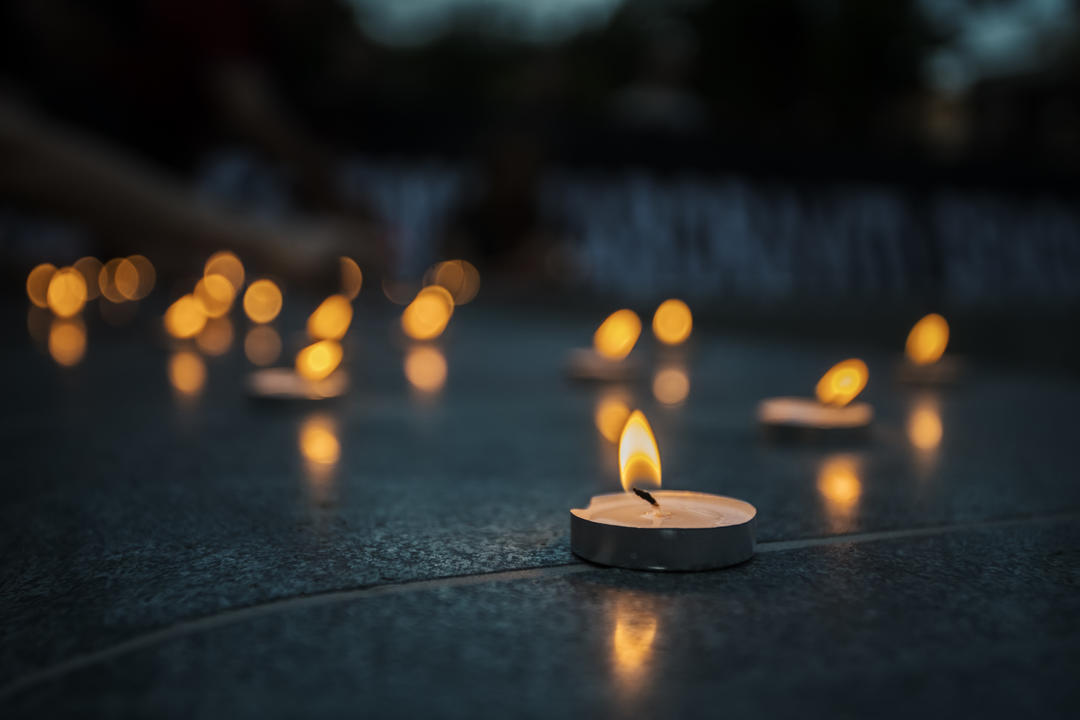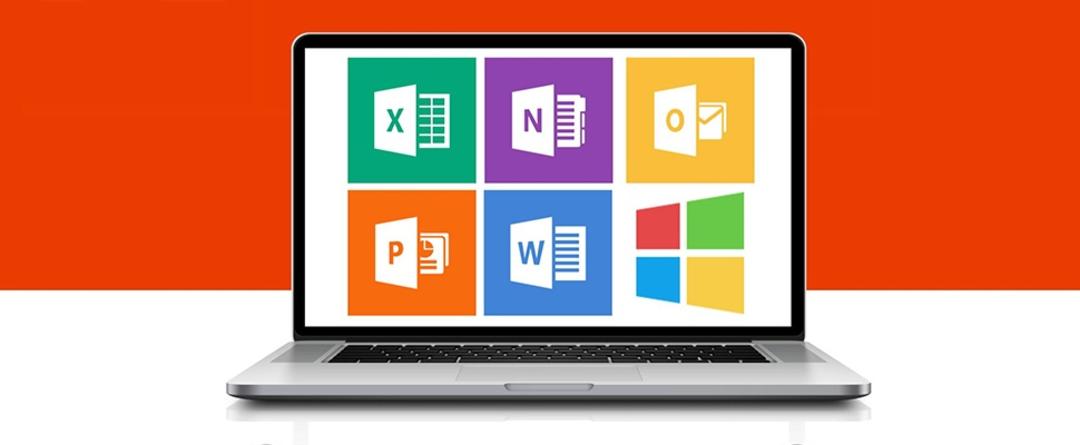What happens to online accounts when you die? It is a question that you should consider living as if you were really living, so that relatives do not have to guess. From your online accounts to your crypto wallet, there are a few pressing questions you need to think about beforehand about your digital legacy. Like the next.
Before we get into the real digital legacy, we want to point out some online services and tools that can help you plan your funeral. For example, in Dela’s wish book you can record your wishes for ten things that could be important at a funeral, such as the guest list, what music, who your contact person is. You can save your answers online to a Dela account or download them as a PDF file.
At RememberMe.nl you will also find a tool where, after registering, you can fill out a series of comprehensive surveys on topics. wish list† practical problems† guest list and scenario can fill. It is noteworthy that only one of almost sixty items relates to digital heritage. Unfortunately, this matters even in 2022.
The Digital Funeral Specialists website is more aware of this, but the site was set up commercially. For example, you can request a ‘digital life planning consultancy’ for 95 Euros to organize your digital heritage. There is even a mini-masterclass ‘Digital Heritage in Social Media’ (25 Euros) that will give you a certificate based on video lectures.

checklists
If you prefer to set up as many things yourself as possible, there are a number of checklists you can download for free. Take Netwerk Notarissen’s checklist, for example. It’s a pretty limited checklist, but it helps you think about the basics.
A more comprehensive checklist with more than twenty well thought out and detailed questions can be requested at https://kwikr.nl/delacheck. What would you like to happen to your social media accounts? […] Do you have a (paid) account on the sites? and Which email services do you use? A striking fact you will find in this checklist is that about half of all Dutch people do not want to continue living online, and also that 70% have not yet registered a digital heritage.
You can also go to all kinds of meaningful topics related to your digital heritage on the Dela web page on digital heritage, such as: Who will look after your digital heritage when you are no longer there, What rules apply to your digital? heritage? and do you know what happens to your WhatsApp messages, photos and videos?
Finally, Business Insider has a checklist that focuses more on the financial side. Although this checklist ‘Getting money matters from your family on time avoids many difficulties’ it does not deal to a limited extent with the digital aspect of regulating inheritance, but the financial approach is very interesting and an important one to consider. to go forward.

Draw a step-by-step plan
In any case, preparing your digital legacy requires several steps. First, you carefully plan your digital legacy by noting all of your online accounts. Think of your social media accounts, cloud storage services used, websites and email services, as well as streaming services for movies, music and games, and apps on your PC, tablet or smartphone linked to services like Fitbit and Strava. cryptocurrencies and other online loans etc.
Next, you specify exactly what needs to be done with your digital heritage. This may differ by application or service. Make it clear what needs to be kept or destroyed and who can obtain what data.
You can save it in various ways so that it is legally valid. It is legally regulated for your nearest relative to determine what happens to your digital legacy if you do not save anything. You can record your wishes in a handwritten will (kodicil), a digital safe (see below), record everything in your will, or appoint an online bailiff, who can be the same person as the executor of the will, through a notary public. intent.

password manager
Of course, it is not our intention to write all passwords and login codes in your public ledger or will and keep them up to date, or always pass a modified version to a confidential adviser. Therefore, it is better to keep such a list in a safe, but practically viable way, so that your confidential adviser can access your online data only after your death.
It is not that safe to write it in a notebook and give its place to the person you trust, and it is not that practical and cheap to record it in a will. There are three alternatives: using a password manager, digital vault, or cloud storage service (see the ‘Cloud storage’ box).
There are many well-known password managers. We name a few: 1Password, Bitwarden, Dashlane, KeePass, LastPass, and RoboForm. Some include a module that lets you make certain folders accessible to others, but if that’s just your digital heritage, it’s not the safest option. However, there are also admins where you can set up some kind of emergency access. Next, you specify which people can access your vault after a configurable period of inactivity.
Or, a designated contact person can request access himself, but will only get access if you do not respond within a time frame that you specify. This is possible with premium accounts of Bitwarden and LastPass, for example.

cloud storage
With a (free) cloud storage service like Dropbox, Google Drive or OneDrive you can of course store your login information, but it’s not really secure. It is better to store such a document in a separate, extra encrypted folder in that cloud storage service. OneDrive offers such a feature called Personal Vault. Please note: You cannot store more than three documents in that vault without a subscription. Another option is the free Cryptomator.
Here’s how you use the program on Windows: start the application and Add Vault / Create New Vault† Enter a name and refer to Other location / Select to a subfolder in the local sync folder of your cloud storage service. Enter a password, indicate you want a recovery key – you can then forward this information to your confidential adviser – and be done with . create safe†

Tip 05: Digital safe
To store important or official documents such as title deeds and therefore data from your online accounts, it is better to use a digital safe that can be linked to a notary. You can also specify what the contents of the vault should be after your death. An example of such a safe is the Dutch Notary Safe (from 3.95 Euros per month). You can store all kinds of documents, such as title deeds, statutes and access codes, as well as letters, photos or (farewell) video.
According to employee Pieter de Vos, there are currently about fifty notary offices attached to this service, but as a user, you decide which of the affiliated notaries can manage your vault and your regular notary may be willing to join the service. This means that when you die, the notary will hand over the digital key of your safe to the person you authorize in your supplementary document or will. Employee De Vos also emphasizes that the platform is very secure.
All adult residents of Belgium can create a digital safe with up to 1 GB of storage for free on www.izimi.be (also mobile), an initiative of the Belgian notary public. When creating the safe, you can specify a notary’s office yourself.
You can sign up for itsme app (similar to Dutch DigiD). Then you decide for yourself what your data will be after your death: transfer in whole or in part by a notary public or a confidential adviser, or destroy the entire contents of the safe.
A notarized digital safe is the safest and most practical option.
Online Accounts
So far we’ve basically provided general tips for managing your digital heritage, but it’s also a good idea to check the options and terms for each app or service you have an account with and leave data behind. Are you aware that, as with many IoT devices like a smart fridge or vacuum cleaner, leaving data behind happens without you realizing it? For this you usually need to create an account and therefore leave certain personal data. So also check what happens with this data after your death.
It is true that today there are AVG (General Data Protection Regulation; English GDPR) that gives you many rights as a user – for example, a company is obligated to access the data it holds about you – but unfortunately only if you are still alive. GDPR does not specify what can or should be done with your data after your death.

internet services
Fortunately, there are many widely used web applications and services that offer users the ability to organize things themselves. We take Facebook and Google as an example, but Instagram, LinkedIn, Twitter and Microsoft have already taken initiatives in this area.
We’ll start with Facebook. Sign up and click Settings and General below Settings for memorialized accounts on handle† now you can click Request to delete your account after your death or you choose a trusted person who can further manage your account (with commemorative status). This confidential advisor also allows you to report your death to Facebook.
Sign in to https://myaccount.google.com/inactive for your Google account. click Start, specify the desired period of inactivity and specify the person or persons to be notified at the end of this period. You can also specify which of the more than fifty Google services you can access through your account.
heritage contact
Until recently, you couldn’t access a deceased person’s data if their Apple ID or password was unknown. This just got easier with the arrival of iOS and iPadOS 15.2 and macOS Monterey 12.1. You can now link contacts to the Digital takeover app. They will then be able to access your Apple ID and data after your death.
On an iPhone or iPad you turn this on Settingstap and select your name Password and Security / Legacy Contact, then follow the further instructions. On a Mac this passes System Preferences / Apple ID / Password & Security† Added contacts do not need to have an Apple device. You can email the access key, save it as a PDF file or print it and store it in a safe place.
Source: Computer Totaal













